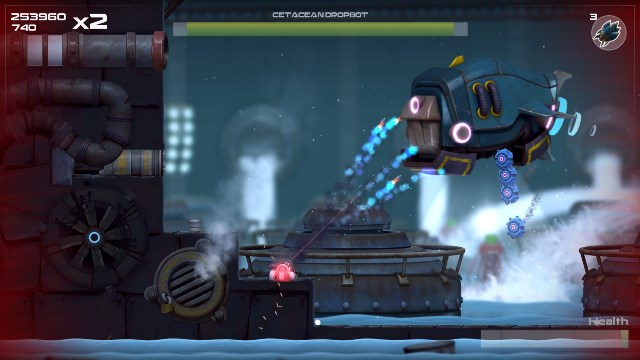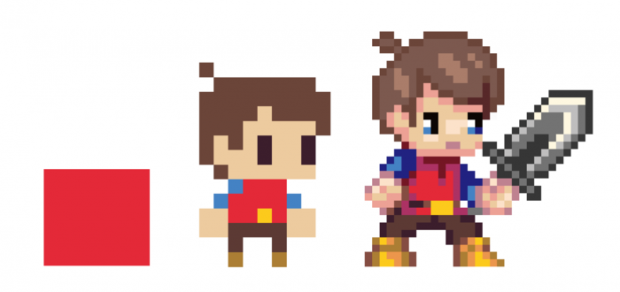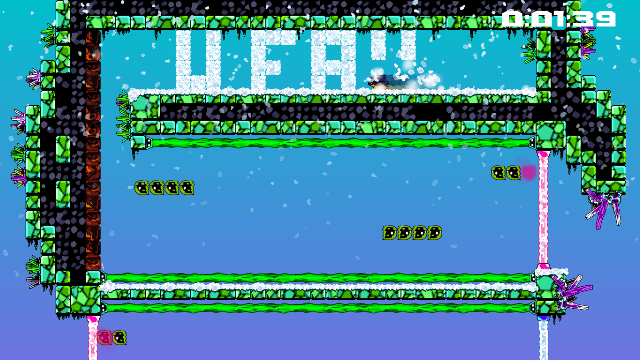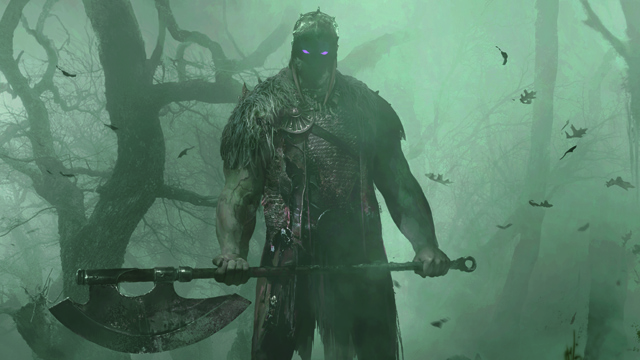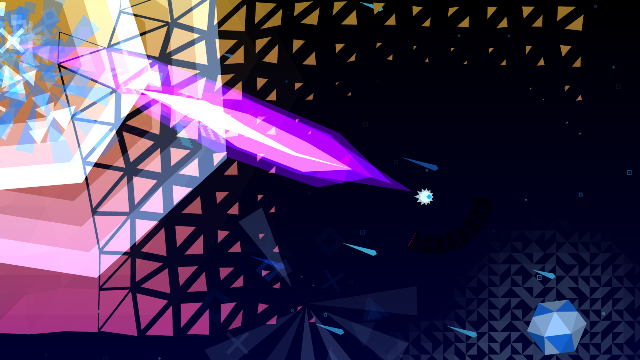 11 years ago
11 years ago
We Are Doomed preview: Playing with fire
It looks and plays a lot like Geometry Wars. This is the inescapable reality of We Are Doomed, an upcoming twin-stick shooter from one-man studio Vertex Pop. The world is colored with softer, pastel hues, and the enemies are tangible things instead of angular shapes. But anyone who has played Geo Wars will immediately grok what they’re seeing and experiencing in We Are Doomed and will know exactly what to do. Creator Mobeen Fikree isn’t shying away from the comparison.
“I don’t mind,” he told XBLA Fans earlier this month at PAX East. “I think Geometry Wars is a great game, and following in that lineage of Robotron, Smash TV, Geometry Wars and then, you know, this. I’m happy to be a part of that lineage. When people go, ‘Oh, it’s like Geometry Wars!’ I’m like, ‘Yeah, it’s like Geometry Wars.'”
Until it’s not.
The moment you use the right stick to open fire on the waves of space baddies swarming the screen it becomes clear how We Are Doomed diverges from the formula. Instead of blasting enemies with a never-ending stream of long-range laser fire, players instead must rely on a medium-range “overpowered laserbeam,” as Vertex Pop’s website describes it. In actuality, it doesn’t come off like a laser at all. Instead, it looks and feels more like you’re wielding a flamethrower with an infinite fuel supply. Nudging the stick farther in any direction will elongate the beam/flame, but it will never cause it to reach clear across the screen.
If you want to defeat the baddies — and you’ll of course need to do so if you want to make any progress in the game — then you’ll need to get a bit closer than you may be used to getting in other twin-stick shooters. “You have to dive into the action,” explained Fikree. “You have to be close range if you want to zap baddies — you can’t sit in one corner of the map and shoot things all the way in the other corner.”
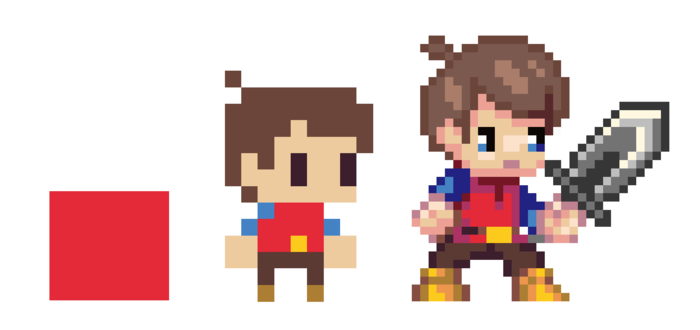 11 years ago
11 years ago
The Adventures of Pip preview: pixelation party
You could make a case that the retro-style indie game is turning into an overused cliché, but The Adventures of Pip goes beyond appearances and crafts a clever story out of its style. The game’s opening looks like a pixelated storybook, telling the tale of a tiny kingdom where the hierarchy is determined by pixel count. The kingdom’s royals are all 32-bit sprites, while the peasantry can only afford to be lower resolutions. One day a princess was born with the power to create pixels out of nothing, but on her 16th birthday she was kidnapped by the Skeleton Queen.
The demo, which was playable at PAX South, took me through the opening level of the game. Hero Pip begins as nothing more than a 1-bit red pixel, escaping his town as it’s attacked by the aforementioned evil queen. It looked like an extreme version of Thomas was Alone, as Pip jumped his way through a crumbling landscape as the world burned in the background. It’s a fun introduction, but nothing more than standard side-scrolling platformer gameplay. Boy, did that change quickly.
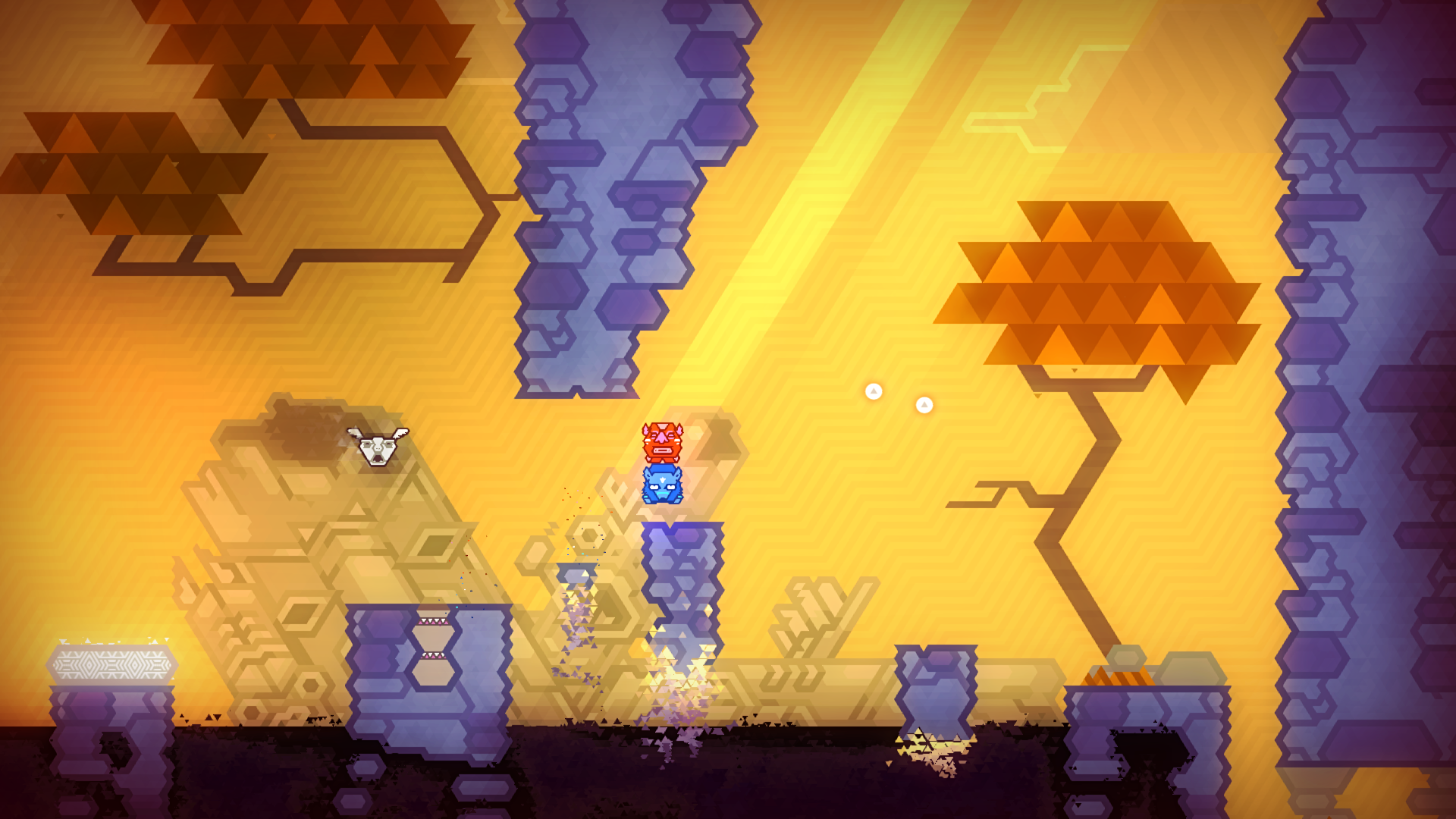 11 years ago
11 years ago
Kalimba preview: Totem fun
Kalimba is one of those games that you will refuse to put down until you’ve finished the current level. “Come on…I have to be able to beat this!” you’ll say as you restart again and again. It’s also a lot of fun.
Eight levels and a boss battle were available in the pre-release beta, and already the challenge and fun on display has proven this is going to be a game to watch for. Originally known as Project Totem, this puzzle-platformer from Press Play features both single-player and co-op modes in which you guide two (or four in co-op) differently colored totem pieces through psychedelic worlds. The graphics are all made out of stark, thick lines and bright colors and are mostly made up of triangles. The “trixelated” art style almost made me wish I was still in school so I could draw these characters in the corners of my notebooks.
Beginning puzzles range from the challenge of having to move both characters simultaneously to avoid two sets of obstacles at once to making sure the right-colored character moves through the right-colored barriers. There are all kinds of other challenges that are introduced as you move through the colorful worlds, as well as mini-game rooms where you can try to improve your skills. In the eight levels available, more kinds of challenges and obstacles continued to build at a nice pace, with seemingly new gameplay additions coming in on almost every level.
The first boss battle was a real wild ride too. While still using the same gameplay mechanics, it throws everything on its head to make the platformer’s more laid-back puzzle vibe turn into almost a SHMUP-style action game.
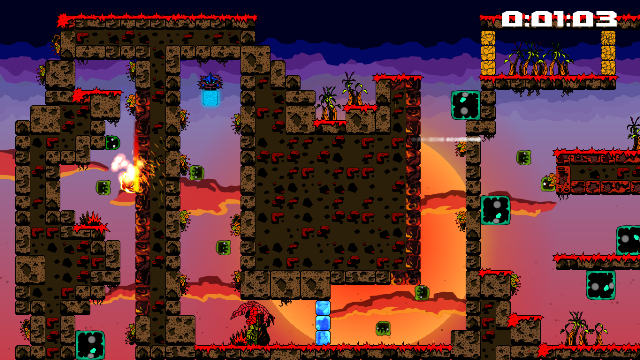 11 years ago
11 years ago
Fenix Rage preview: Don’t think, know
“Can it really be that easy?” is the question you’ll ask after completing Fenix Rage‘s first stage. It’s a stage with that most simplest of video game objectives: move the player-character from left to right and reach the end goal. Accomplishing as much takes only a few seconds, since there are no enemies present and the distance between start and finish could practically be measured between your thumb and forefinger. Still, developer Green Lava Studios managed to insert an optional side objective into the stage. It’s possible but not necessary to collect a cookie during this almost literal hop, skip and jump from beginning to end. You would have to go out of your way not to obtain the optional cookie in this first level, but it is optional all the same.
Collecting each level’s cookie and successfully reaching the end goal naturally becomes more challenging the deeper you get into the game. In fact, it was only a handful of stages later before I was dying multiple times in the pursuit of another tempting cookie. So it’s somewhere in the game’s opening Red Forest zone that you’ll get your answer to your question: no, Fenix Rage is most certainly not that easy.
Much has been said about the game’s meeting at the intersection of Sonic the Hedgehog and Super Meat Boy. And yes, Fenix is a diminutive blue creature that is not unlike Sega’s depiction of a hedgehog. He has a dash ability that gives him some of the speed for which Sonic is known, and successful navigation of the game’s 200+ levels — a few dozen of which I’ve completed — requires liberal use of it. That really doesn’t even come close to doing justice to the frequency at which you’ll be pulling the right trigger while simultaneously pressing the B button to perform a dash. As long as there is room to do so, it’s possible to dash (and jump) endlessly.
Some levels require you to abuse the maneuver in order to take linear horizontal routes to avoid certain death by touching electrical beams above and below you. Others have blocks of ice that can be melted due to the heat generated from the friction of moving at such rapid speeds. Others still send a giant, unstoppable enemy chasing after Fenix the moment you nudge him forward from the start point. At first you might think you’re dashing enough times to win this deadly race, but you’re not. Oh, you’re so not. If you’re not dashing seemingly as many times as is physically possible, you’re going to die.
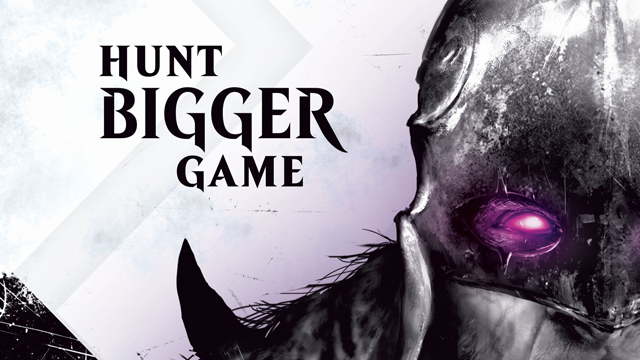 12 years ago
12 years ago
Magic 2015 – Duels of the Planeswalkers is the one you’ve been wanting
As the digital compliment to the largest trading card game on the planet, Magic – Duels of the Planeswalkers has arguably been the most accessible entry point in the intricate, often intimidating world of Magic: The Gathering. Since its quick dominance of Xbox Live Arcade in 2009, the franchise has returned year after year, always touting new features, storylines and game modes as the annualized gateway into the scene. This year’s entry, Magic 2015 – Duels of the Planeswalkers, is finally delivering on something fans have been after since the beginning, the chance to battle with your personally customized deck across the planes.
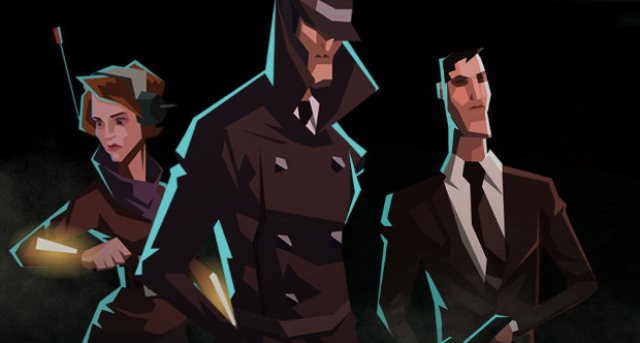 12 years ago
12 years ago
Invisible Inc. preview: Reading ahead
Even when they’re right in front of your face, you can’t see words written in invisible ink without “decoding” them. It’s appropriate then that you can’t see what’s right in front of your face in Klei Entertainment’s Invisible Inc. without first performing what amounts to in-game decoding work.
The game’s PAX East demo places the player in a room of some evil corporation or another’s building. In the room is a pair of controllable secret agents who are equipped with skills and equipment to furtively navigate their way past guards and turrets and to the top of the building. We don’t get to see what’s at the top, but Klei explains that at the top of buildings will be the culmination of “multifaceted” objectives. Several floors must be accessed and information and/or keycards obtained along the way before ultimately cracking a computer core or something of the sort.
“The main objective of each floor is to get to the next floor,” says Klei’s Matthew Marteinsson, “but there will be some objectives that you can complete along the way. And there’s different things you can find, like documentation for your player. We give a bonus for exploring the whole floor. You get more credits the more you explore, you get credits for not having killed anybody. So those sort of things that you can…do if you want to do.”
Klei wants players to explore the buildings they enter as much as possible. To do that, we’ll have to get out of that room we started in. Invisible Inc. is turn-based, and each room’s floor consists of tile grids. Moving agents across tiles costs movement points, of which naturally come in limited supply per turn. Once I’ve moved the agents as far as I can towards the room’s exit door the unseen enemy takes its turn, scurrying about performing unseen actions in the surrounding blacked-out rooms. Well, not entirely unseen. The game shows dotted lines and arrows indicating where the bad guys are moving in the darkness.
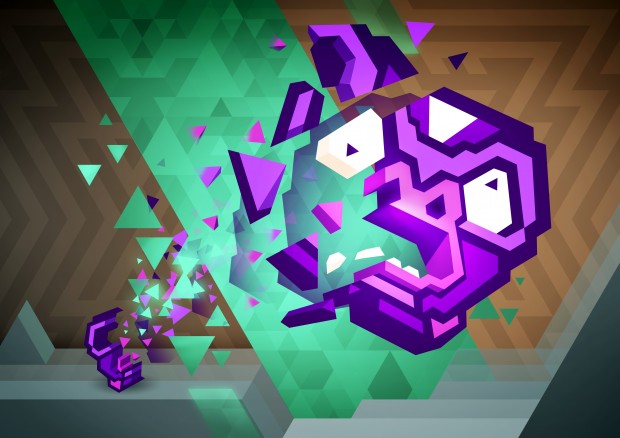 12 years ago
12 years ago
Project Totem preview: Bringing totems together while tearing friendships apart
It is the first day of PAX East, and XBLA Fans is at our third appointment of the day. It’s with the Danish developer Press Play, which, just a couple hours before our meeting, announced its next contribution to Xbox, Project Totem. Little is known about the game, except that it’s a platformer involving totem poles. Arriving at the booth, I see two mini totem pieces moving along a world made up primarily of two colors corresponding to the totem pieces. Watching it, I think to myself, “Well, this looks simple enough.” But as it goes with most things in life that appear simple, reality is an entirely different scenario. Within minutes of sitting down to play the demo I was both equally addicted and frustrated.
Playing solo was challenging, but I had all the control. Enter co-op mode. Are you and a friend/loved one looking for that next classic two-player game that will leave you feeling warm and fuzzy inside like that fat plumber and his green-clad brother used to? Great, you should probably look elsewhere then. Project Totem‘s co-op mode requires a level of communication rarely found in games, which means it could make or break your friendships. You and your partner may realize that you make a great team and work well together — or you may end up never speaking to each other again, with one of you left with a bloody nose from the impact of the other’s Xbox controller.
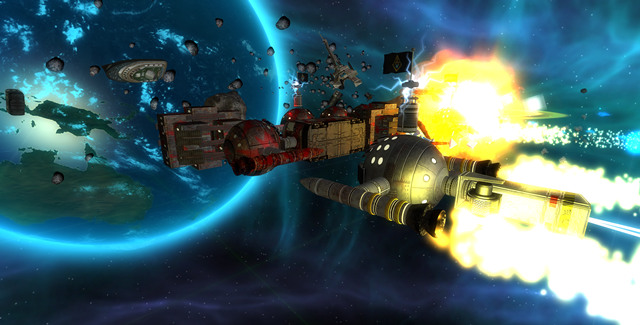 12 years ago
12 years ago
Habitat: A Thousand Generations in Orbit preview: one man’s trash
You’ll want to steer, but you won’t be able to. Charles Cox doesn’t want you to. Endless space-based video games have taught gamers to manipulate analog sticks, a d-pad or a keyboard and mouse to steer all manner of spacecraft to precisely where they want them to go. Habitat: A Thousand Generations in Orbit doesn’t work that way. Physics have the wheel in 4gency’s strategy game, and they’ll be doing all of the steering. Cox hopes the approach will work.
He showed up at PAX East last month with a playable demo of his ID@Xbox title. Actually, it was more a proof of concept than a proper demo — 4gency put together a playable outer space sandbox and filled it with junk, lots and lots of junk. There was no objective or end point to the demo. Instead, players were free to take the orbiting hunk of junk they started with (the titular habitat), weld whatever debris they pleased onto it and propel the thing through the space. Doing so is easier said than done.
Your habitat is an unwieldy thing, as you might expect a floating mass of rock, rockets and pieces of famous landmarks to be. Movement is based on physics, so, again, there’s no steering controls for your rubble-craft. What you do have control over is the placement of rockets, the rockets you want to fire up at any given time and how much thrust you want from those rockets. A mistake at any of these three levels of propulsion oversight will lead to your habitat either careening off of other objects and being smashed to pieces or performing the spacecraft equivalent of doing donuts in a car parking lot. On top of that, players also have to manage electricity and oxygen levels, as some of one or the other is necessary for rocket power.
Taking control of a habitat, I immediately screw the entire thing up by unintentionally playing bumper cars with surrounding space debris. Crucial parts of the habitat are torn asunder and most of its inhabitants are killed. Cox restarts the demo and advises me on what to do. Even with his over-the-shoulder guidance, it’s next to impossible to not make a mistake. I continually place rockets in ill-advised locations, place one rocket where there should be a pair and apply improper amounts of thrust. There’s no shortage of space junk in the demo, and I crash into most of it during my play session.
Cox says that there’s “an art to this.” If so, Leonardo Da Vinci I am not. A successful go at things seems unfeasible, but then again, there are no conditions for success in the demo, so perhaps things will be different in the final game.
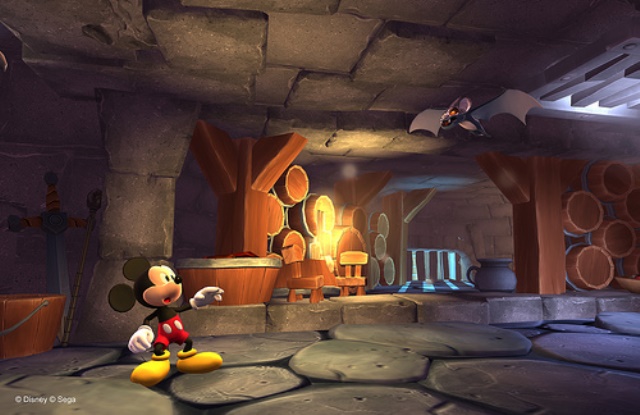 12 years ago
12 years ago
Sega’s Castle of Illusion looks to change the game for remakes
XBLAFans stopped to chat with Sega Studios Australia’s Omar Woodley, producer on Castle of Illusion Starring Mickey Mouse during E3. We discovered that calling the new version of Castle of Illusion a “remake” or “rerelease” doesn’t do it justice. Unlike other modern ports of classic games, such as Ubisoft’s Prince of Persia Classic or Capcom’s soon-to-be-released Ducktales Remastered, Castle of Illusion was described to us by Woodley as “a full reimagining of the game.”
The biggest, most immediately noticeable change beyond updated graphics and sound (which includes a charming voiceover for Mickey during gameplay) is the addition of a hub world. In the original game, Mickey wandered the Castle of Illusion to introduce each new level. Here, the castle is envisioned along the lines of Super Mario 64, as a three-dimensional hub world by which all of the levels are accessed. It’s a fun change that makes the castle feel like an actual place, instead of merely a setpiece for the plot.
According to Woodley, Sega Studios Australia had lots of “creative freedom to redesign the levels… When we played the original and we tried translating that to the new 3D world, some of those levels weren’t as challenging as they were back in the day. They actually played out to be quite long in length to this contemporary feel so we had to compensate for that, and we also just wanted to challenge the player and keep that difficultly setting pretty high to what the classic was. So we added these various components and a few different puzzles and tricks here and there to keep the challenge intact.”

